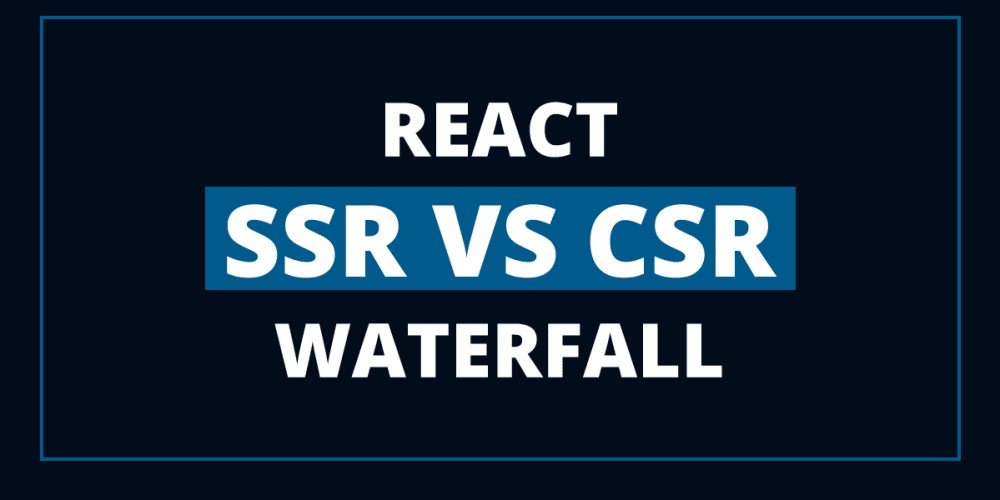This is a Plain English Papers summary of a research paper called The temporal dynamics of group interactions in higher-order social networks. If you like these kinds of analysis, you should subscribe to the AImodels.fyi newsletter or follow me on Twitter.
Overview
- Explores the temporal dynamics of group interactions in higher-order social networks
- Investigates how the structure and evolution of group interactions shape the collective behavior of a social system
- Provides insights into the complex interplay between individual and group-level processes in social networks
Plain English Explanation
The paper examines how the patterns and timings of group-level interactions in social networks influence the overall behavior and dynamics of the network. In real-world social systems, people often engage in group activities and discussions, rather than just individual interactions. This paper looks at how these group interactions, and how they change over time, can impact the larger social network.
Imagine a group of friends who regularly get together to play a board game. The way they interact during these group game sessions, and how those group interactions evolve over time, can affect the broader social dynamics within their friend group. The authors use mathematical models and simulations to understand these higher-order, group-level social processes and how they shape the collective behavior of the entire network.
By analyzing the temporal patterns of group interactions, the researchers aim to provide insights into the complex interplay between individual and group-level phenomena in social systems. This could have implications for understanding the spread of information, the formation of opinions, and the emergence of collective behaviors in social networks.
Technical Explanation
The paper presents a theoretical framework to study the temporal dynamics of group interactions in higher-order social networks. The authors use a hypergraph representation to model the group-level interactions, where nodes represent individuals and hyperedges represent groups of individuals engaged in joint activities.
The researchers investigate how the temporal structure and evolution of these group-level interactions shape the collective behavior of the social system. They develop a set of mathematical models to characterize the temporal patterns of group formation, dissolution, and reconfiguration, and analyze their impact on network-level properties, such as information diffusion and opinion formation.
Through numerical simulations, the authors demonstrate that the temporal dynamics of group interactions can significantly influence the collective dynamics of the social network, even when the individual-level interactions remain relatively stable. They identify key features of the group interaction patterns, such as the rates of group turnover and the distribution of group sizes, that play a crucial role in determining the emergent collective phenomena.
The findings suggest that accounting for the higher-order, group-level structures and their temporal evolution is essential for a comprehensive understanding of social dynamics. The proposed framework provides a valuable tool for studying the complex interplay between individual and collective processes in social networks.
Critical Analysis
The paper presents a thoughtful and rigorous approach to modeling the temporal dynamics of group interactions in social networks. The use of hypergraphs to represent the group-level structures is a well-suited and insightful choice, as it allows the researchers to capture the higher-order nature of social interactions.
One potential limitation of the study is the reliance on numerical simulations to explore the collective dynamics. While the simulations provide valuable insights, it would be beneficial to validate the models against real-world social network data, if such datasets are available. This could help strengthen the generalizability of the findings and provide a more robust understanding of how the identified temporal patterns manifest in empirical social systems.
Additionally, the paper does not extensively discuss the potential practical implications of the research. Exploring how the insights from this study could inform the design of interventions or policies to better manage the dynamics of social networks could be a fruitful avenue for future work.
Overall, the paper offers a compelling theoretical framework and provides important contributions to the understanding of the interplay between group-level and individual-level processes in social networks. The findings highlight the need to consider higher-order structures and their temporal evolution when studying the collective behavior of social systems.
Conclusion
This research paper delves into the intricate temporal dynamics of group interactions within social networks. By modeling these higher-order structures using hypergraphs, the authors uncover how the patterns and evolution of group-level activities can profoundly shape the collective behavior of the entire network.
The insights from this work have the potential to advance our understanding of diverse social phenomena, from the spread of information and the formation of opinions to the emergence of collective behaviors. As social interactions increasingly take place in group-based settings, accounting for these higher-order structures and their temporal dynamics becomes crucial for a comprehensive analysis of social dynamics.
The paper lays a solid theoretical foundation and showcases the importance of considering group-level processes when studying social networks. Further empirical validation and exploration of practical applications could help strengthen the impact of this research and drive progress in the field of network science.
If you enjoyed this summary, consider subscribing to the AImodels.fyi newsletter or following me on Twitter for more AI and machine learning content.



















